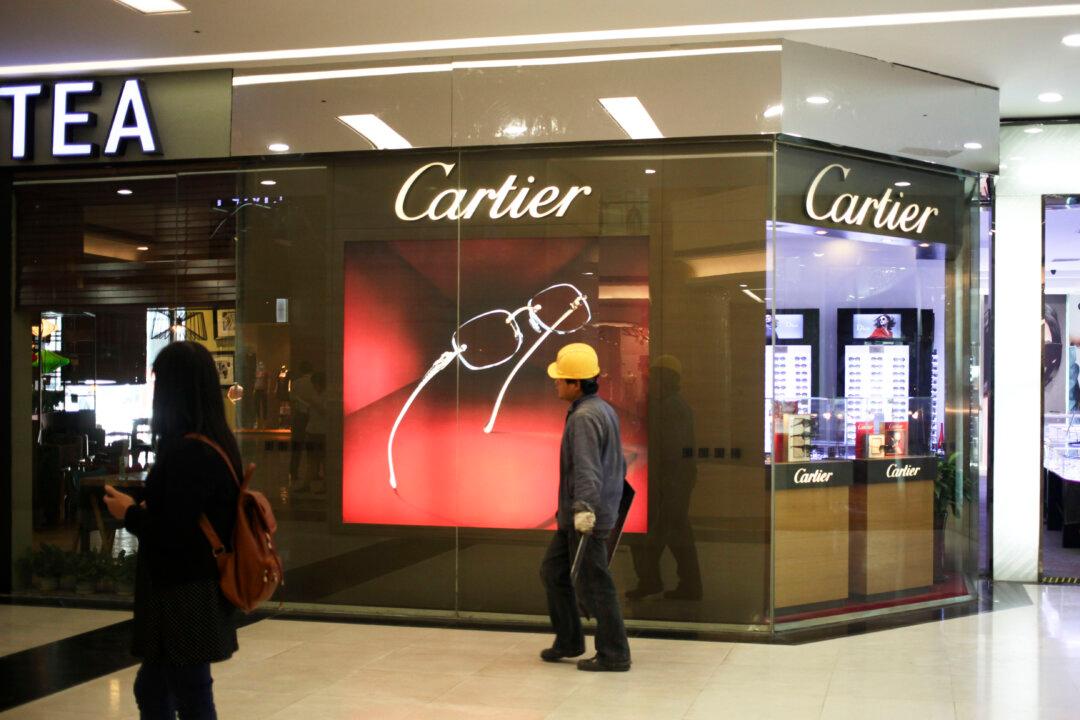Business Analysis
According to Richemont’s financial report released this week, Chinese consumers scaled back on luxury spending in the last quarter of 2024 amid broad economic weakness ahead of the new lunar year.

According to Richemont’s financial report released this week, Chinese consumers scaled back on luxury spending in the last quarter of 2024 amid broad economic weakness ahead of the new lunar year.